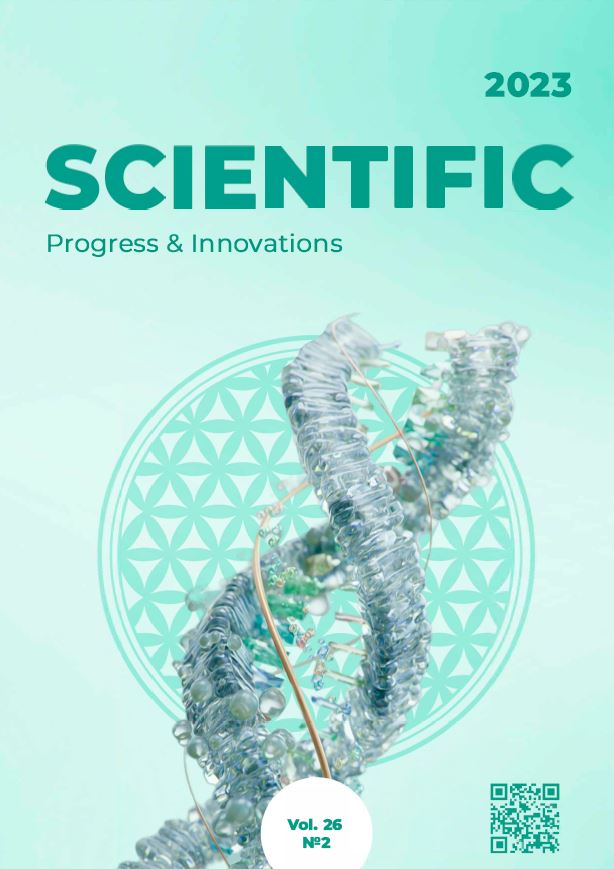Meat indicators of broiler chickens at their feeding by combined feed with vermiculture biomass content
DOI:
https://doi.org/10.31210/spi2023.26.02.14Keywords:
protein content, fat content, chemical composition, ash, glycogen, Tetrashimena piriformisAbstract
Cultivation of vermiculture does not require the use of expensive components of the substrate. The main components are fermented animal manure and poultry droppings. An unexplored issue is establishing the efficiency of using the vermiculture biomass grown on a substrate containing manure fermented with the participation of biodestructors in the composition of broiler chicken feed. The purpose of our experiments was to determine the effect of different doses of vermiculture biomass obtained on a substrate with manure fermented by the action of biodestroyers as part of compound feed on chemical parameters, toxicity, and biological value of broiler chickens’ meat. For experiments, samples of femoral and pectoral muscles were taken from broiler chickens that reached 6 weeks of age and consumed different doses of worm biomass as part of compound feed. Chickens of the I‒III research groups consumed com-pound feed containing 1.5‒4.5 % of vermiculture biomass. Broilers from the control group consumed compound feed without addition of worms. The content of ash, moisture, dry matter, protein, fat and glycogen was studied in the muscles of the birds. In addition, the presence of toxic compounds in muscle tissue and its biological value were studied. During the study of the chemical composition of the muscle tissue of broiler chickens, it has been proven that when the bird consumes compound feed with a content of 3.0 and 4.5 % of vermiculture biomass, the mass fraction of moisture decreases by 1.1 and 1.2 %, respectively, relatively to the control one. The content of 3.0 and 4.5% of worms in compound feed leads to a tendency towards an increase in total protein and glycogen in the meat of broiler chickens. Feeding broiler chickens with vermiculture biomass in the composition of compound feed from 1.5 to 4.5% does not lead to the accumulation of chemical, biological substances or compounds in their muscle tissue that have a toxic effect on the Tetrashimena piriformis culture. By increasing the number of Tetrashimena piriformis cells, it has been proven that the meat of broiler chickens grown on feed with a content of 3.0‒4.5 % of vermiculture biomass has a higher biological value by 10.9‒12.7 % compared to birds that were fed with compound feed without content of worms.

 Creative Commons Attribution 4.0 International Licens
Creative Commons Attribution 4.0 International Licens